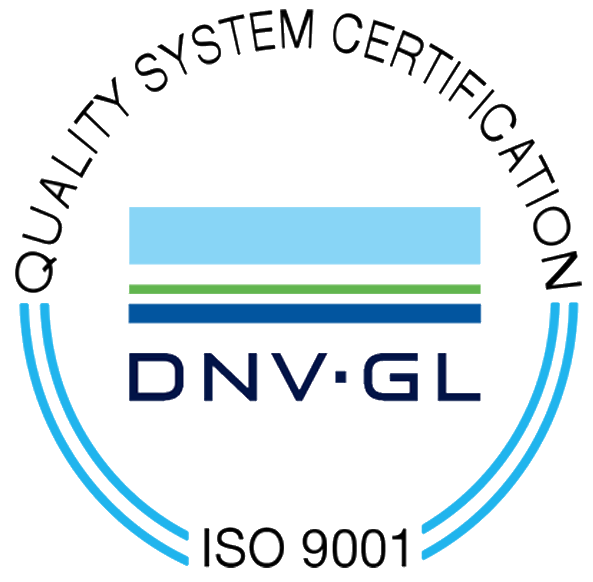What is the difference between 5083 H32 and H321?
Last Updated :
5083 H32 and H321 are tempers of the same alloy (AA 5083), with identical chemical composition, but they differ in processing methods, mechanical properties, and (most importantly) guaranteed resistance to intergranular corrosion and exfoliation corrosion.
- 5083 H32 is a "quarter-hard" temper produced by strain hardening followed by a natural or artificial stabilization treatment, typically used for non-marine applications according to ASTM B209.
- 5083 H321 follows the same cold working process but includes an additional low-temperature thermal stabilization step and formal corrosion testing according to ASTM B928, making it a "marine-grade" variant with certified resistance to intergranular and exfoliation corrosion.
5083 h321 vs h32 Chemical Composition
| Element | Mn | Mg | Cr | Fe | Si | Cu | Zn | Ti | Al |
| Composition % | 0.40–1.0 | 4.00–4.90 | 0.05–0.25 | ≤ 0.40 | ≤ 0.40 | ≤ 0.10 | ≤ 0.25 | ≤ 0.15 | Balance |
5083 H321 vs H32 Temper Definitions
5083 H32: Strain Hardened and Stabilized
- Process: Cold worked (strain hardened) to approximately 1/4 hard, followed by natural aging or artificial stabilization to achieve the "1/4 hard" properties as specified by ASTM B209 (general specification for non-marine sheet and plate).
- Corrosion: Exhibits the typical excellent general corrosion resistance of the 5xxx series, but does not require intergranular/exfoliation corrosion testing.
5083 H321: Thermal Stabilization and Corrosion Testing
- Process: Same cold working process as H32, but followed by a low-temperature thermal stabilization treatment (≤ 66°C) to lock in mechanical properties and reduce residual stresses.
- Standard: Complies with ASTM B928 ("High Magnesium Aluminum-Alloy Sheet and Plate for Marine Service") which requires certified performance in intergranular and exfoliation corrosion testing.
- Service Temperature: Suitable for continuous use at temperatures up to 66°C (150°F) without degradation of properties.
5083 h321 vs h32 Mechanical Properties Comparison
(sheet/plate, 0.2–6 mm thickness unless noted)
| Property | H32 | H321 |
| Proof (Yield) Stress | ≥ 215 MPa | ≥ 215 MPa |
| Tensile Strength (Rm) | 305–380 MPa | ≥ 305 MPa (305–385 MPa) |
| Elongation at Break | 9.8 % (typical) | 13 % (typical) |
| Brinell Hardness (HB) | 89 HB | 89 HB |
| Shear & Fatigue Strength | ~200 MPa / 160 MPa | ~200 MPa / 160 MPa |
5083 H321 vs H32 Corrosion Resistance
- 5083 H32 possesses the inherent corrosion resistance of AA 5083 (excellent performance in seawater and industrial environments), but does not guarantee intergranular or exfoliation corrosion resistance in marine service testing.
- 5083 H321 has passed intergranular and exfoliation corrosion testing and certification in accordance with ASTM B928, ensuring outstanding long-term performance in hull plating, decks, topsides, and other components.
5083 H321 vs H32 Typical Applications
| Temper | Typical Uses |
| H32 | Rail cars; vehicle bodies; pressure vessels; structural panels in non-marine settings. |
| H321 | Marine hull plating; yacht and ship decks; engine pedestals; offshore structures; any service requiring certified intergranular/exfoliation corrosion resistance. |
5083 H32 and H321 Processing Differences
5083 H32
- Process Flow: Cold worked followed by stabilization annealing treatment, resulting in a semi-hard temper.
- Degree of Cold Work: Moderate cold working, with partial stress relief through annealing.
5083 H321
- Process Flow: Based on H32 with additional precise cold work control, which may involve higher levels of cold work or extra annealing steps.
- Special Requirements: Optimized for specific applications (e.g., marine, pressure vessels) to ensure resistance to stress corrosion and dimensional stability.
5083 H32 and H321 Other Differences
- Formability: H32 offers better bending performance than H321, which is more prone to cracking during bending.
- Corrosion Resistance: H321 provides stronger resistance to stress corrosion due to more rigorous annealing procedures.
In summary, the core difference between H32 and H321 lies in the refinement of processing and the optimization of final performance.
5083 H32 and H321 Selection Guide
Choose 5083 H32 in the following cases:
- Moderate corrosion environments (non-marine or splash zone operations).
- Cost or availability is a primary concern.
Choose 5083 H321 in the following cases:
- Expected continuous or frequent exposure to seawater.
- Specification requires compliance with ASTM B928 or certified marine performance.
- Enhanced ductility and post-weld stress relief are critical.
Both H32 and H321 achieve the quarter-hard strength level defined by AA 5083, but H321 includes a mandatory thermal stabilization step and corrosion testing, making it a true "marine-grade" temper compliant with ASTM B928. In terms of mechanical properties, they are very similar—H321 typically shows slightly higher elongation—but the certified resistance to intergranular and exfoliation corrosion is the decisive difference for critical marine applications.
Further reading: 5083 Marine Grade Aluminum Plate Sheet 5083 H321 Aluminum Plate 5083 Marine Grade Aluminum Pipe Tube 5083 marine grade aluminium checkered tread plate sheet 5083 5383 O H112 Marine Grade Aluminum Bars 5083 H116 Aluminum Plate Aluminium 5083 H111 Aluminum 5083 H112 5083 Aluminum Flat Bar
Tags: Marine Grade Aluminum 5083 Marine Aluminum 5083 h321 5 Series Marine Aluminum

